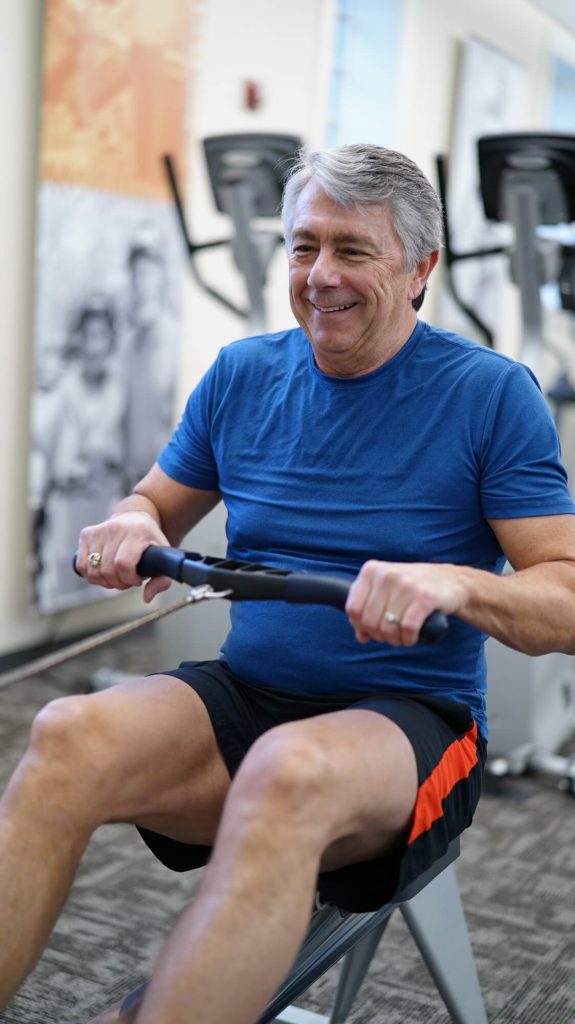by Dr. Kristian Flores, MD, ND
Often, patients come see me as a last resort for their osteoarthritis. They have exhausted conventional therapies and have spent years dealing with chronic knee pain and osteoarthritis caused loss of function. They’ve gotten all the imaging, tried all the oral medications, and the steroid injections have stopped helping. The good news is that we still get remarkable results.
Fortunately, we are usually able to help these patients return to a higher degree of functionality and decreased pain levels. The unfortunate news is that, had these patients come to us earlier, we likely could have preserved an even higher level of functionality and avoided a lot of unnecessary pain and suffering. As a pain doctor, I am well aware of the mental and emotional toll years of chronic pain can have on individuals.
Luckily, there is more good news for chronic knee pain. Many of the osteoarthritis treatments we perform here at Oregon Regenerative Medicine—regenerative therapies—are gaining more and more traction in conventional medicine. This is particularly evident in my field of Physical Medicine & Rehabilitation (PM&R). Rehab doctors, or Physiatrists, focus on functionality and quality of life. Improving your ability to do the things you want to do is our specialty.
In my time at the Veteran Affairs Hospital in Salt Lake City, Long Beach, and Loma Linda I have seen the evolution of therapies we provide to our military veterans. It used to be all we had to offer was a steroid injection. This then progressed to alternative therapies like chiropractic and acupuncture. Then we began to leverage technology to provide therapy using robotics and virtual reality. The last month before I left my department, we were getting ready to introduce platelet-rich-plasma (PRP) in our rehab clinics for chronic knee pain What progress!
The increased acceptance of PRP in mainstream medicine is being driven by an increase in quality research. One such recently published study out of the department of PM&R at Baylor College of Medicine found that PRP not only improved pain, but also improved functionality and quality of life at six weeks in patients with mild-to-moderate knee osteoarthritis.
The team had patients wear sensors that measured their functional movement through the use of wearable tech, much as professional athletes use when they are on the field. These novel approaches to measuring functionality are helping to further shed light on the benefits of regenerative therapies such as PRP for chronic knee pain.
If you’ve been experiencing chronic knee pain, I’d be happy to discuss the interventional treatments we perform at ORM including PRP.
P. Jayaram, C. Liu, B. Dawson, S. Ketkar, S.J. Patel, B.H. Lee, M.W. Grol. Leukocyte-dependent effects of platelet-rich plasma on cartilage loss and thermal hyperalgesia in a mouse model of post-traumatic osteoarthritis. Osteoarthritis & Cartilage Journal. July 03, 2020. DOI:https://doi.org/10.1016/j.joca.2020.06.004
Photos by Miguel Amutio and Catherine Heath on Unsplash




